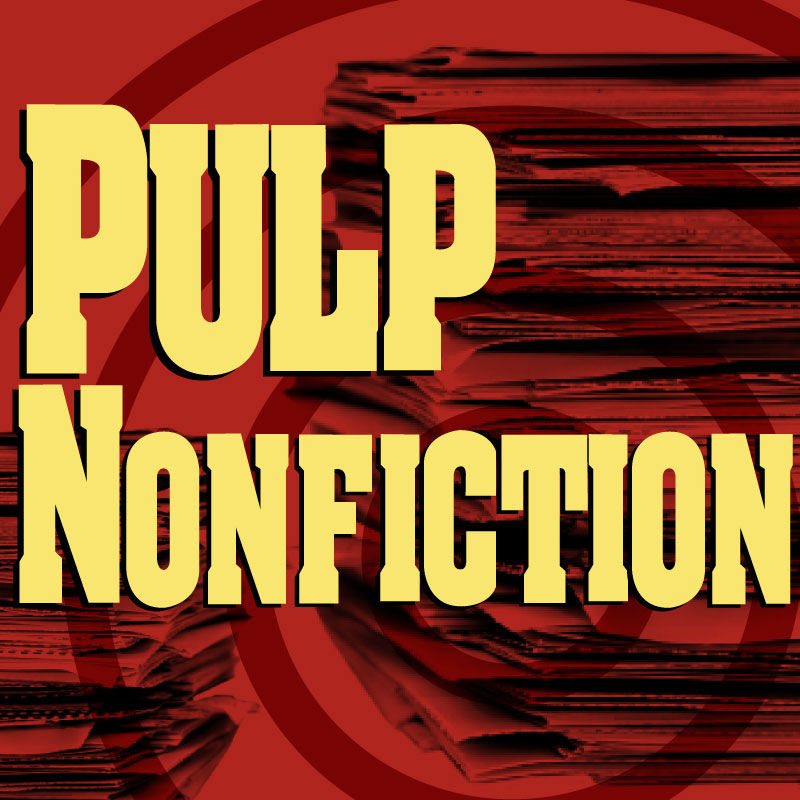Even with the rise of digital media, the demand for paper remains a constant in our society. Due to its numerous applications (including communication, packaging, entertainment, sanitation, convenience) and shear abundance, paper has become the largest component of solid waste in landfills. It is estimated that 60% of high-quality printing and writing paper prematurely ends up in landfills. Recycling this paper is crucial to reducing demand on landfills and resource strain on forests.
Most virgin cellulose fibers used in making paper can be recycled between four and nine times before the fibers become too short or too brittle to be reconstituted into paper. Most paper can be recycled, but there are some exceptions, such as wrapping paper with foreign matter (glitter, foil, etc.), wax paper, and soiled paper. However, if your paper has bits of plastic, dabs of glue, or staples, no sweat! These items are removed during the re-pulping and screening process. If you're recycling shredded paper, simply bag it separately. This helps sorting at the recycling plant. For every ton of paper recycled, 17 trees, 380 gallons of oil, 4,000 kilowatts of power, and 3 cubic yards of landfill space can be saved.
WRT launched our Green Operations Plan in 2008, demonstrating our sustainable practices and our commitment to the environment. The plan prescribes sustainable office guidelines and includes a recycling system. After rolling out the plan, our Philadelphia office improved its landfill diversion rate by 78%, much of which was paper.

